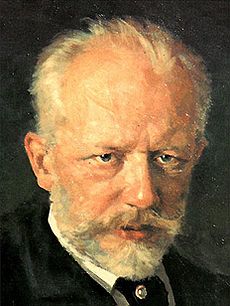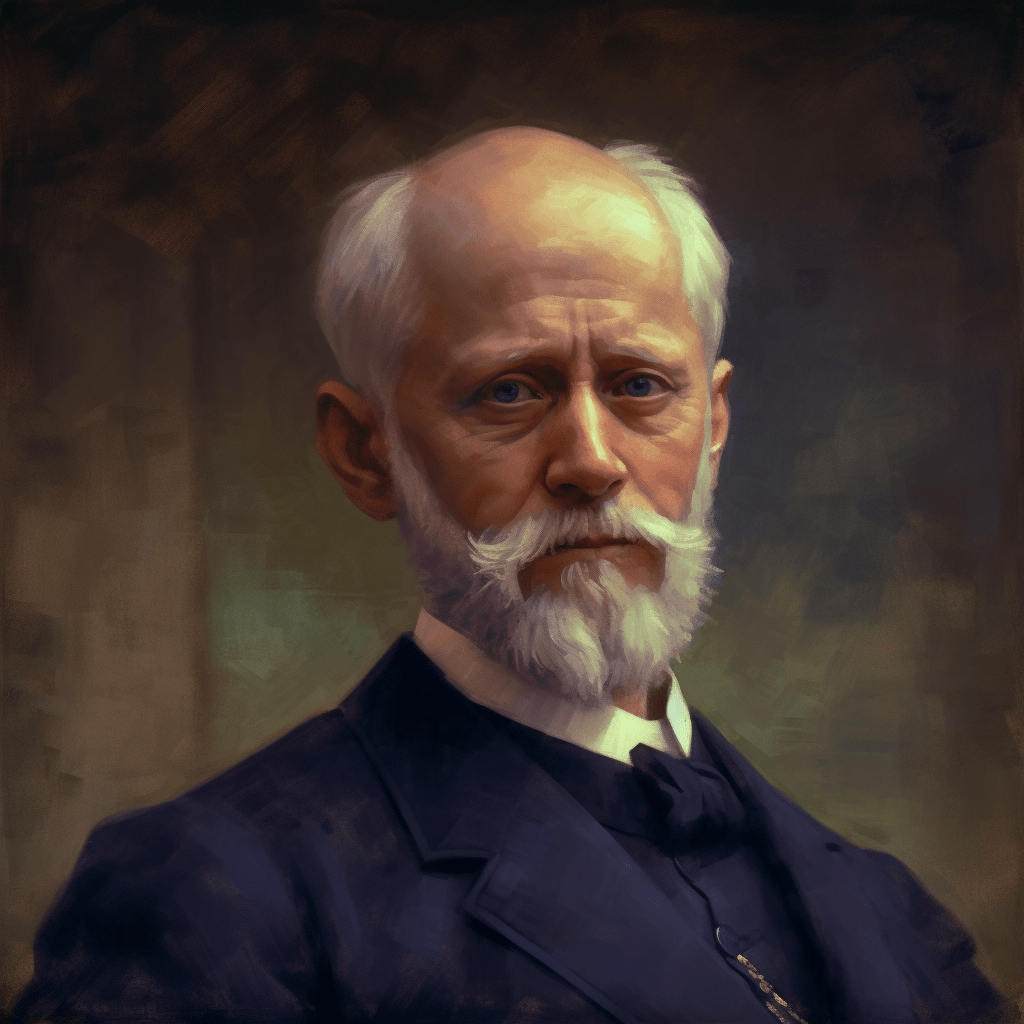Eugene Onegin is one of Pyotr Ilyich Tchaikovsky’s most celebrated operas, a masterpiece of Russian lyric opera that beautifully captures the depth of human emotion and the intricacies of Pushkin’s literary world. Composed between 1877 and 1878, the opera remains a cornerstone of the operatic repertoire, blending exquisite music with a poignant story of love, regret, and fate.
Origins and Inspiration
The opera is based on Eugene Onegin, the famous verse novel by Alexander Pushkin, which was published in serial form between 1825 and 1832. Tchaikovsky, an avid admirer of Pushkin, was drawn to the novel’s deeply personal and psychological themes. The idea for the opera came from the singer Yelizaveta Lavrovskaya, who suggested to Tchaikovsky in 1877 that Eugene Onegin could be successfully adapted for the stage. Initially hesitant, the composer soon became captivated by the story and set to work on the adaptation.
Composition and Libretto
Tchaikovsky collaborated with Konstantin Shilovsky and used excerpts from Pushkin’s original text to create the opera’s libretto. Unlike grand historical operas of the time, Eugene Onegin focused on the intimate and everyday struggles of its characters. Tchaikovsky’s approach to composition was deeply personal—he once admitted that he saw much of himself in the character of Tatyana, the opera’s heroine.
The opera was composed in a remarkably short time, largely in the summer of 1877. This period coincided with a tumultuous moment in Tchaikovsky’s personal life—his ill-fated marriage to Antonina Milyukova, which ended in separation. The emotional turmoil of this period influenced the deeply expressive and melancholic music of Eugene Onegin.
Premiere and Early Reception
The first performance of Eugene Onegin took place on March 29, 1879, at the Maly Theatre in Moscow. Instead of a grand opera house debut, Tchaikovsky insisted that the first performers should be students from the Moscow Conservatory, ensuring that the opera was presented in an intimate and naturalistic manner.
The professional premiere took place at the Bolshoi Theatre in Moscow in 1881, where it gained wider recognition. Although the initial reaction was mixed, with some critics finding its lack of conventional dramatic spectacle unusual, Eugene Onegin steadily gained popularity and was soon recognized as a masterpiece of Russian opera.
Musical and Dramatic Features
Eugene Onegin is celebrated for its rich orchestration, lyrical arias, and deep psychological insight. Some of its most famous scenes include Tatyana’s Letter Scene, in which she pours her heart out to Onegin in a moment of unfiltered emotion, and Lensky’s Kuda, kuda vy udalilis (Where Have You Gone?), a poignant aria sung before his tragic duel. The opera’s final scene, where Onegin realizes too late that he loves Tatyana, is one of the most devastating and emotionally charged moments in all of opera.
Tchaikovsky’s music masterfully reflects the characters’ inner worlds, with sweeping melodies and an expressive orchestral palette that heightens the drama’s emotional impact. The opera’s structure avoids traditional showpiece arias and ensembles, opting instead for a more fluid, through-composed style that enhances its realism.
Legacy and Influence
Today, Eugene Onegin is regarded as one of the greatest Russian operas of all time. It has been performed in opera houses around the world and remains a favorite among audiences and performers alike. The opera’s themes of lost love, regret, and human destiny continue to resonate with listeners, making it a timeless work.
Tchaikovsky’s adaptation of Pushkin’s novel brought a new level of psychological depth to opera and influenced later composers in their approach to storytelling through music. The work’s success cemented Tchaikovsky’s reputation as one of the foremost composers of his time, and Eugene Onegin continues to be a defining masterpiece of Russian musical heritage.


Comments are closed